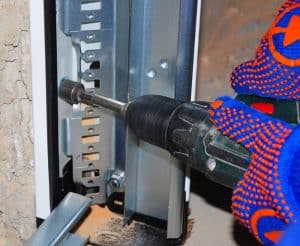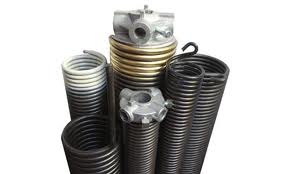Garage doors perform well when they are balanced. They are so big and heavy that their weight must be distributed evenly to the two sides. And here come the garage door springs to play the role of the weight coordinator. They counterbalance the overhead garage door so that it will go up and down flawlessly. Naturally, an unbalanced garage door will create problems. But let us take a closer look.
What happens when the garage door is not balanced?
Unbalanced garage doors don’t move right. It all has to do with the extension or torsion garage door spring tension. Whether they provide too much tension or not enough tension, the garage door might move too quickly with the risk of popping off the tracks or too slow with the risk of not closing and opening as it should. One of the main problems unbalanced garage doors cause is a strain on the parts. The main part that gets the weight load is the garage door opener. And that’s bad for the operation, but also the condition of the opener. It will wear sooner than later. But the garage door cables and springs will also be affected and might abruptly snap.
7 main reasons for keeping the garage door balanced

- You avoid safety concerns.
- The possibility of the garage door crashing on objects or your car is eliminated.
- Property damage is avoided.
- You prevent the need for premature garage door opener replacement.
- You keep springs and cables from snapping.
- You protect the garage door from damage.
- Properly balanced garage doors don’t run the risk of untimely wear.
How can you tell the garage door is out of balance?
If one of the extension springs is weak, the garage door will not be balanced. You can understand that better if you picture yourself lifting weights. If you don’t carry the same weight in each hand, the heavy-weight hand side will make more efforts and wear faster than the lightweight side. The same thing happens with garage doors. If you notice that the garage door is sagging to the size, it’s most likely out of balance. If it moves faster than it should and makes odd noises when it is traveling up and down, don’t ignore the sign. If the garage door takes too long to go up and down or seems uneven, it’s a clear sign that it’s not balanced.
It’s easy to test the garage door balance at home. The garage door must be in the closing position and you should stand inside. Start by disconnecting the opener. Then pull the garage door to open it manually. Once it’s mid-way up – around the height of your waste – let it go. There will most likely be a small movement up or down and that’s alright. But if it opens up or shuts down with force, it’s a clear sign that it’s not balanced.
Balancing garage doors is not easy








